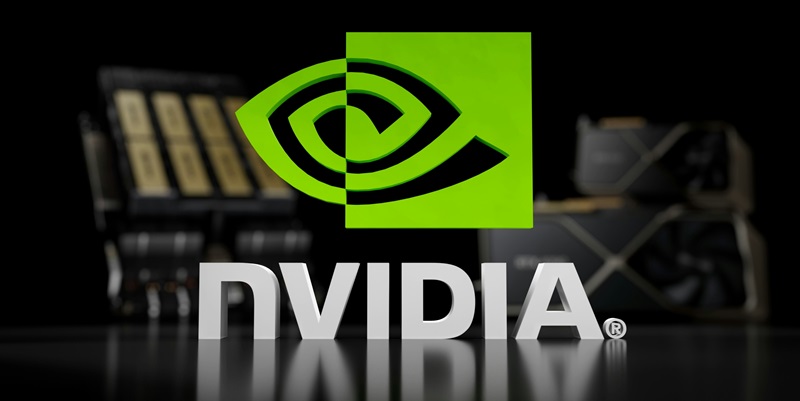Anticipation is mounting in the tech community following recent leaks about Nvidia’s upcoming GeForce RTX 50 series GPUs, which are expected to bring higher power consumption and enhanced performance compared to their predecessors. These latest details, revealed on Seasonic’s PSU wattage calculator webpage, have generated substantial excitement and speculation among enthusiasts. According to the Seasonic page, the top-tier RTX 5090 will feature a TDP of 500W, which is 50W higher than the RTX 4090. Similarly, the RTX 5080 is projected to feature a 350W TDP, up from the 320W of the current RTX 4080. These changes suggest not just a bump in power consumption but potentially significant architectural improvements and performance enhancements.
Seasonic’s update, which was first noticed by a user known as @Olrak29_ on X (formerly Twitter), now allows consumers to incorporate RTX 50 series cards into their system configurations, revealing their TDP values. This discovery aligns with a previously leaked roadmap from the laptop manufacturer Clevo, which outlined Nvidia’s strategy for mobile RTX 50 GPUs. This new series is expected to introduce six distinct models, with the RTX 5090 serving as the flagship model at the high end of the market. The RTX 5080 will come in multiple variants featuring different VRAM capacities, catering to a range of user needs.
Details and Speculation on Performance Enhancements
According to various leaks and industry chatter, the Nvidia GeForce RTX 50 series is expected to significantly enhance gaming and graphical performance over the existing models. This new series will not only cater to gamers demanding top-tier performance but also to professionals requiring high-end graphical capabilities. Although the lower end of the market will continue to be served by RTX 3050 and RTX 4050 variants, the new RTX 50 series is clearly aimed at more demanding applications.
The November release timeline further amplifies the excitement around this launch. However, despite the buzz and leaked information, it is essential to remember that these details remain speculative until Nvidia makes an official announcement. The industry is eager to see how Nvidia will integrate new technologies and architectural improvements into the RTX 50 series, promising a future of significantly improved graphical capabilities and computational power.
Seasonic’s wattage calculator update and the corroborating Clevo roadmap have only fueled the speculation. It’s expected that the new GPUs will feature enhancements in ray tracing and AI-based rendering capabilities, features that Nvidia has been steadily improving over the past few generations. The GPUs’ increased TDP suggests that the company is doubling down on providing unprecedented performance, perhaps at the cost of higher power consumption, which might necessitate better cooling solutions for optimal performance.
Nvidia’s Continued Market Dominance
Excitement is growing in the tech world due to leaks about Nvidia’s upcoming GeForce RTX 50 series GPUs, expected to offer higher power consumption and better performance than previous models. Leaked details on Seasonic’s PSU wattage calculator webpage have fueled enthusiasm and speculation among tech enthusiasts. According to Seasonic, the flagship RTX 5090 will have a TDP of 500W, 50W more than the RTX 4090. The RTX 5080, similarly, is projected to feature a 350W TDP, up from the 320W of the RTX 4080. These increases suggest not just higher power needs but also significant architectural advancements and performance boosts.
The update by Seasonic, first noticed by user @Olrak29_ on X (formerly Twitter), lets consumers include RTX 50 series cards in their system configurations, revealing their TDP values. This aligns with a previously leaked roadmap from laptop manufacturer Clevo, outlining Nvidia’s strategy for mobile RTX 50 GPUs. The new series is anticipated to feature six models, with the RTX 5090 at the high end. The RTX 5080 will come in different variants with various VRAM capacities to meet diverse user needs.

